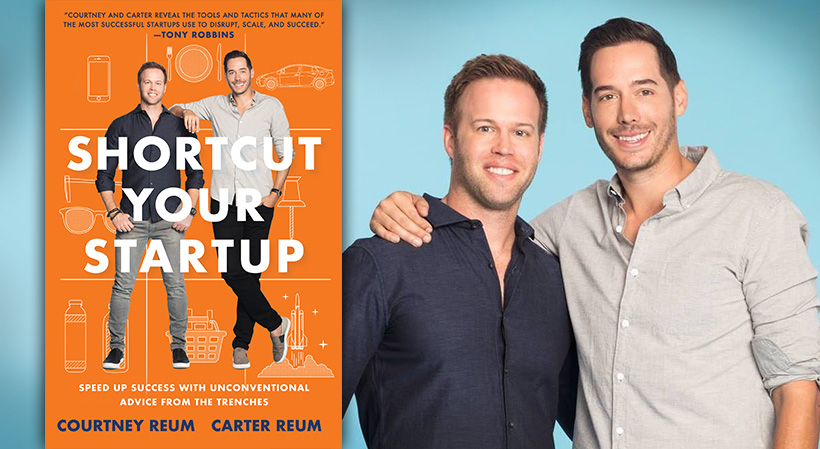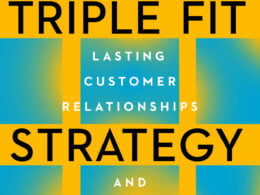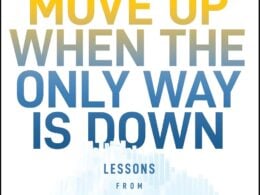The following is excerpted from “Shortcut Your Startup: Speed Up Success with Unconventional Advice from the Trenches” by Courtney Reum and Carter Reum. Copyright (c) 2018 by M13, LLC. Published by arrangement with Gallery Books/Jeter Publishing, an imprint of Simon & Schuster, Inc.
Not all ideas can turn into full-fledged companies. For instance, we know a team that created a shish kabob flipper for grilling. It was a great gadget, and the team could probably make a few million dollars with it. But it’s likely never going to become a $100 million company.
Why does this matter? Because you need to be crystal clear about what you have and build to that. Building a company rather than just a product affects your funding, your hiring, your infrastructure, and every other decision you make. Companies are able to share learning across products, which typically leads to better and better products and stock-keeping units (SKUs). It also affects your cost structure. Producing only one product makes your fixed costs particularly onerous, as they’re being amortized across only one item. Building a company means sharing fixed costs among products and developing some economies of scale.
Related: 10 Tips for Landing a Product Licensing Deal
Too often, we see entrepreneurs who incorrectly think they have the next $100 million company and make choices that end up in failure. They try to sell themselves to funders as the next $100 million company, which just feels unrealistic, or they do raise capital successfully, taking on far too much capital over multiple funding rounds and diluting all investors—including themselves—at each consecutive raise. Remember, the more you raise, the bigger your exit has to be for it to be worthwhile. It’s okay to say, “I’m going to build a business that does $5 million in sales,” and figure out how to do it sustainably and profitably. Know what you’re trying to do before you set out to do it.
Use available sales information to help you get a sense of your idea’s potential. If you’re the shish kabob flipper creator, for instance, check out what the most successful products like this sold on “Shark Tank” and marketed As Seen on TV are. Find out what success looks like based on units sold, margins, top line. How and where are the products typically sold?
We know this sounds really obvious, but make sure you have a realistic idea of what you can sell before you place that first order. A startup coach has told us many horror stories of people who spent every dime they had to purchase 10,000 units of their great idea that are now gathering dust in their garages.
Turning a product into a company
One way to think about whether you can create a company from your idea is to focus on its feature or benefit and see if you can extend that. Let’s stick with the kabob flipper. That’s a feature: it helps you flip your kabob. What’s the benefit of it? It makes grilling easier and makes grilled food turn out tastier. Can you somehow use the technology you employed in the flipper to build a wide variety of products? That’s how you go from a product to a company. You get into the door with the kabob flipper and then sell the “corn on the cob flipper” and the grill that’s synched to your smartphone; then you’ve created a company. George Foreman epitomizes a business that used one product—the George Foreman grill—to start an entire company.
The same thinking works for an app. What’s your special feature? What benefit does it offer? Can that be extended?
Headspace is another great example of a company that started as a simple service in a space loaded with apps and turned into a viable company. It took a simple meditation product and transformed it into a successful startup that has raised nearly $40 million. We were so impressed by the company that we invested in it. Though it originally offered general meditation services for free, it now offers five areas of services: foundation, health, performance, relationships, and Headspace Pro (less guidance during the meditation), and generates revenue by selling subscriptions to its services. Headspace encourages new customers to try its service through a ten-day free trial. If consumers love the product and want to access a broader selection of content, they can select one of four payment plans: monthly, yearly, every two years, or lifetime.
There’s a tricky balance here when you’re first starting out. You don’t want to get too far ahead of yourself, thinking that you are the next big grilling company when you’ve got one kabob flipper. But if you do want to create that bigger play, you need to be also thinking about it.
Sign Up: Receive the StartupNation newsletter!
We advise that entrepreneurs create their product road map starting from day one, whether they’re talking to investors or bootstrapping it themselves, even though they’re not going to execute the whole road map at the start. That way, if the shish kabob flipper is successful, you’re ready with where you want to go next; you won’t have time to make that decision when you’re already there. Don’t let the wave go past you because you didn’t start paddling soon enough or hard enough.
“Shortcut Your Startup” is available now at fine booksellers and can be purchased via StartupNation.com.






